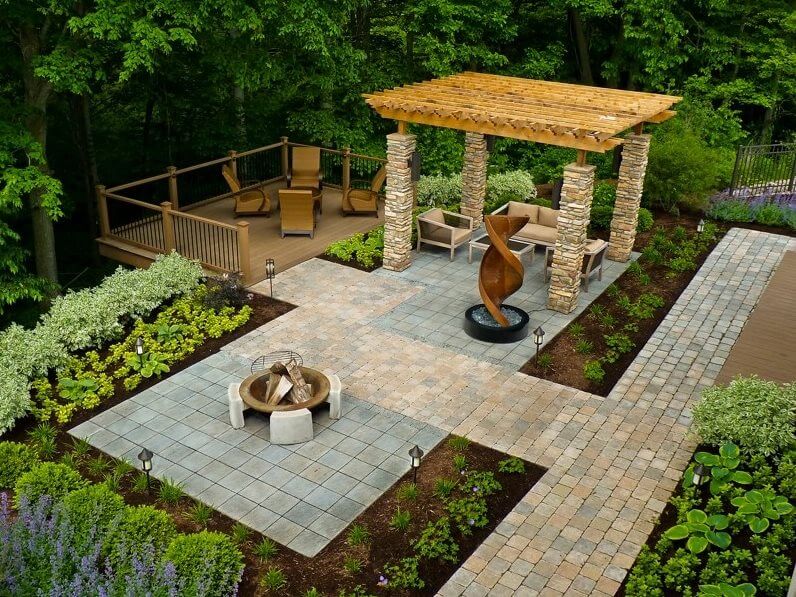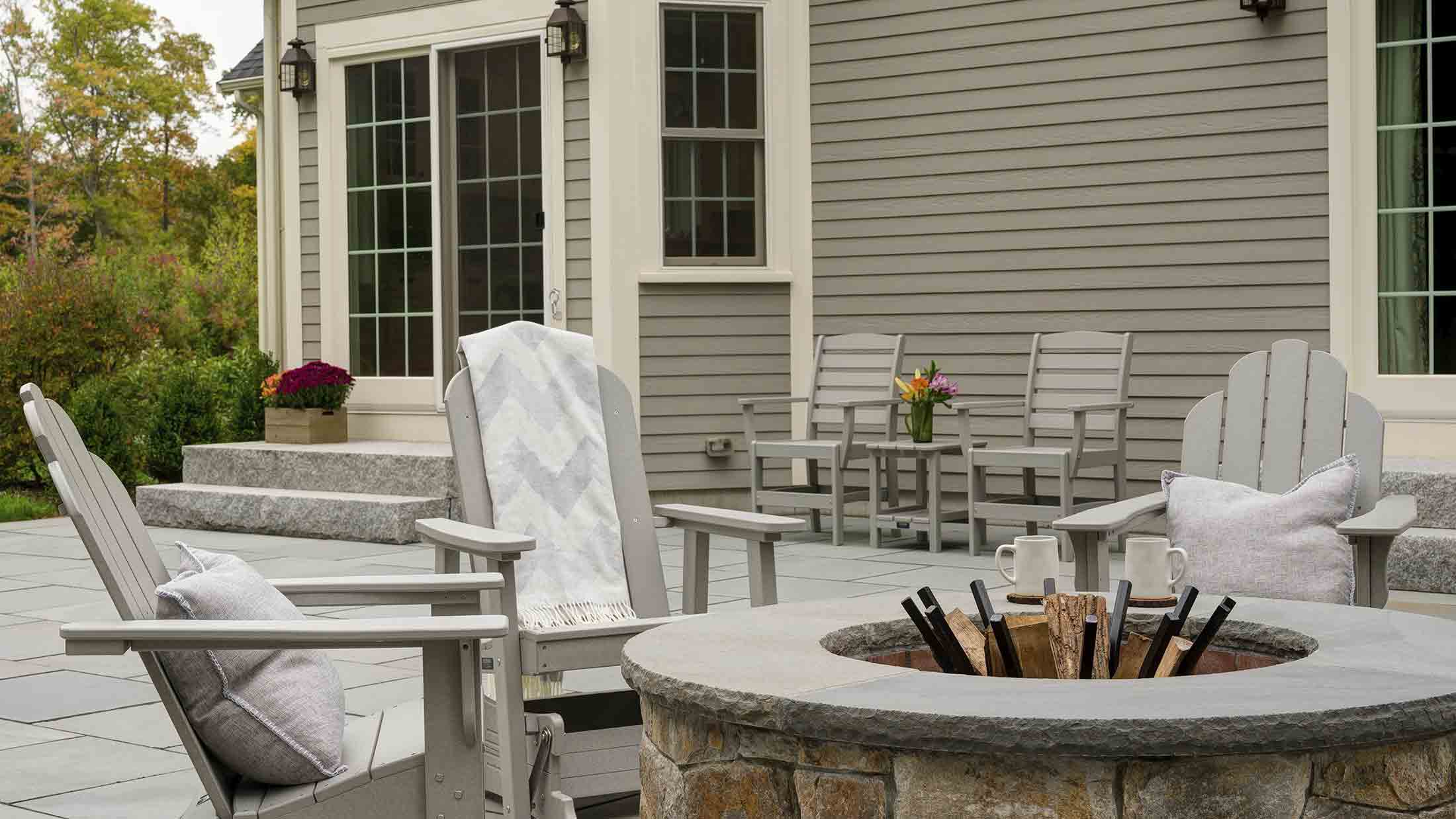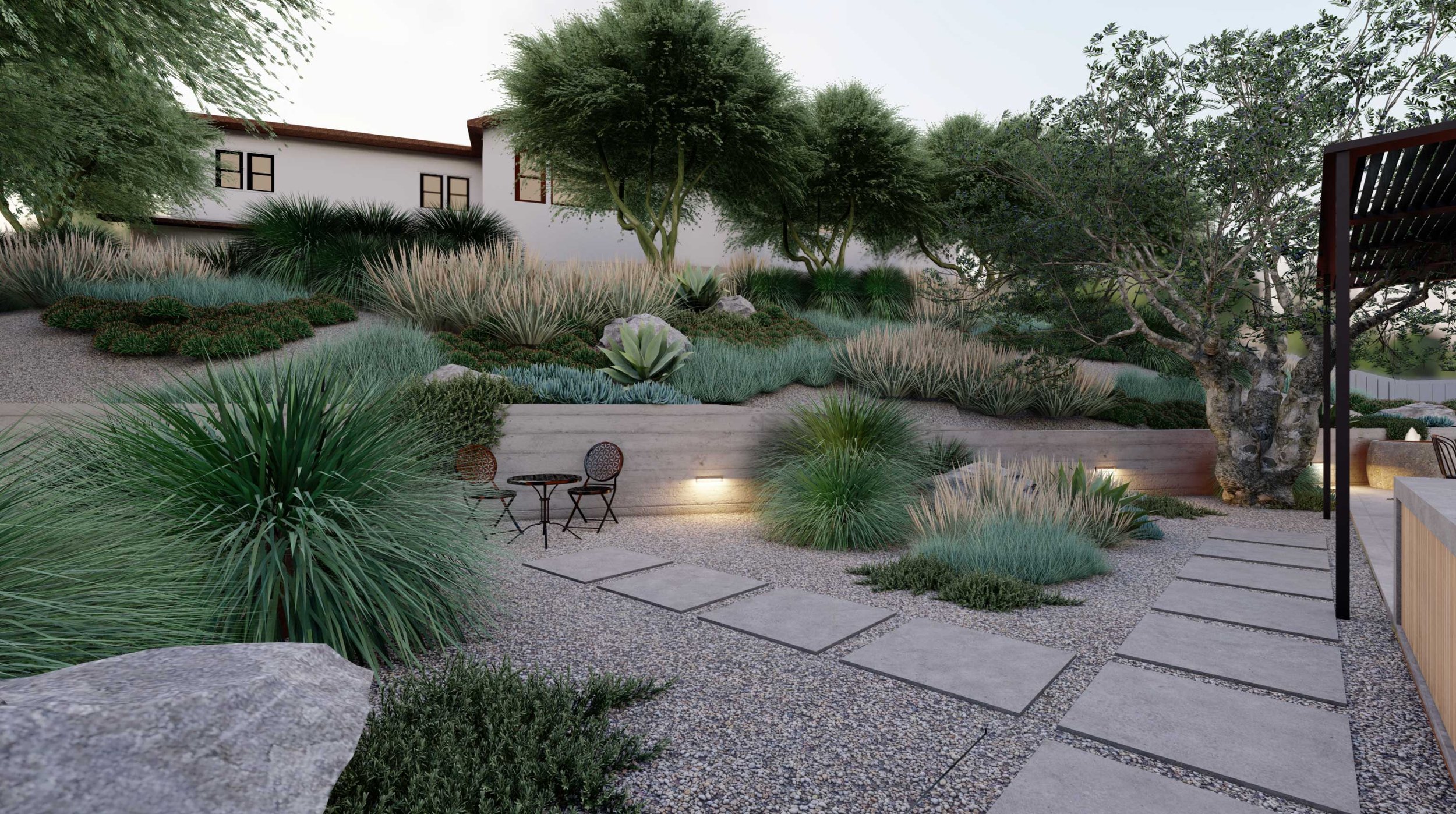Things about Landscapers
Table of ContentsLandscapers Things To Know Before You BuyLandscapers Things To Know Before You Get ThisAbout LandscapersHow Landscapers can Save You Time, Stress, and Money.The Single Strategy To Use For Landscapers
In the PNW there are semi-deciduous or semi-evergreen plants that may lose their fallen leaves depending on just how cool the winter is. - A flat event area, made of timber or composite product (made to look like timber), typically adjacent or attached to a structure.


- Granite that is weathered to the point that it is an extremely great aggregate. This is an all-natural process, and the outcome can be made use of for paths and patio areas. Broken down granite is usually referred to as DG. It is particularly beneficial in modern-day landscapes. - Key landscape functions being suggested in a landscape layout strategy.
Not known Details About Landscapers
These objectives lead the layout process, not the developer's design or preferences. Common design goals in Portland are low maintenance, drought tolerant, and animal friendly. - Process for getting rid of or thinning the dead lower level of a fully grown lawn. Thatch is turf that has actually passed away and collected below the eco-friendly blades.
However, in time this layer can get extremely thick and make it hard for water, sunlight, and nutrients to get to portions of the grass.- The process of gathering and controlling the circulation of water on a property. This can be performed with grading, French drains, completely dry wells, permeable surfaces, sump pump, rainfall gardens, and a lot more.
Characteristic at the end of hills, with all-natural springs, or filled with heavy clay have one of the most drainage issues.- A slow feeding irrigation system that uses flexible tubes and emitters to send a specific amount of water to each plant. This is one of the most efficient approach of watering plants. - The capability of a plant to make it through without much summer water.
- A garden function where water is stood for by an aggregate rock item, typically a crushed rock or granite.- A stone or natural flagstone patio area, path, or pathway constructed without a concrete base.
The Only Guide to Landscapers
- A rock preserving or complimentary standing wall developed without the use of mortar. - A below ground structure that accumulate water and allows it to reduce percolate into the dirt around it.
Landscape layout that is suitable with a sites' atmosphere in both look and sustainability without unfavorable influences to the setting. Edging in the landscape is a line of demarcation that develops aesthetic interest in the yard by dividing one segment from another section.
Areas can likewise have a sensation of "enclosure" given by trees, other plantings, fencings, or screens. The landscape near the access to a building.
A plant that is not indigenous to the place where it will be planted. Not all "exotics" are invasive or dangerous, and lots of can be well behaved or drought tolerant (Landscapers). A mass growing of ferns. Thicker bladed lawn yard that spread through rhizomes.: The level of dirt on your residential property prior to bark dirt or compost is spread out.
The 4-Minute Rule for Landscapers

The purpose, factor, or activity that a location is be landscaped for. Staircases operate, as an example, to enable foot web traffic up and down a slope. Space for growing plants for viewing, eating, or physical activity. A roofed building utilized over an outdoor gathering space. The growing of a seed, probably describing a lawn that is being grown from seed.
Rock product, either rounded or fractured, that is relatively small- normally 1" or less. Reduced plants that are enabled or motivated to spread over a location. Can refer to any kind of "hard" yard aspects consisting of statuary or stones yet many generally is used to describe courses, outdoor patios, and walls.: Elevation difference in between the degree of water in a fish pond (or the level of the pump if it rests outside the fish pond) and the upper electrical outlet of water which impacts performance of the water pump in gph (gallons per hour). Dense bushes or trees that develop a fencing, display, or border.

The Best Guide To Landscapers
Typical PNW landscapes are informal. A plant that spreads even more than desired, or right into habitats where it does damages.
Smart irrigation controller evaluations and referrals below. 2-D rendering of the recommended irrigation system. Can include head positionings and protection, pipe sizing, GPM specifications, and products needed to mount this system. A watering plan is usually unneeded for homes however is usual for commercial projects. Licensed expert that makes landscapes, educated in engineering and architecture in addition to in cultivation.
The professional that intends and develops landscape projects, normally at a domestic or small commercial level with the major design incentive on growings. Landscape developers typically have much less schooling than Landscape Architects and are not licensed. A completed landscape design, detailing all elements for the brand-new landscape. This usually takes the form of an illustration theoretically.
Calcium product used to increase the pH in soil, which will certainly make check over here it much less congenial to moss. A water limited HDPE product used underneath ponds, streams and waterfalls in water features. Using several plantings of the exact same range to fill out a location in the landscape. This can lower maintenance and water use in the garden.
Comments on “Getting The Landscapers To Work”